Increased Awareness of Sleep Disorders
The rising awareness of sleep disorders, particularly sleep apnea, is a key driver for the Home Sleep Apnea Test Market. Educational campaigns and initiatives by healthcare organizations have led to a greater understanding of the symptoms and risks associated with untreated sleep apnea. As a result, more individuals are seeking diagnosis and treatment options. This heightened awareness is reflected in the increasing number of patients opting for home sleep tests, as they are often perceived as a more convenient and less intimidating alternative to traditional sleep studies. Market data indicates that the prevalence of sleep apnea is estimated to affect approximately 22 million individuals, further emphasizing the need for effective testing solutions in the home setting.
Aging Population and Associated Health Risks
The aging population is a significant factor influencing the Home Sleep Apnea Test Market. As individuals age, the likelihood of developing sleep apnea increases due to various physiological changes and comorbidities. This demographic shift is prompting healthcare providers to seek effective screening and diagnostic tools for sleep disorders. Market Research Future indicates that nearly 50% of older adults may experience some form of sleep apnea, highlighting the urgent need for accessible testing options. Consequently, the demand for home sleep apnea tests is likely to grow, as they offer a practical solution for older adults who may have mobility issues or prefer to avoid hospital settings.
Cost-Effectiveness of Home Sleep Apnea Tests
Cost considerations play a crucial role in the Home Sleep Apnea Test Market. Home sleep apnea tests are generally more cost-effective than traditional polysomnography conducted in sleep labs. This affordability makes them an attractive option for both patients and healthcare providers, particularly in regions where healthcare costs are a concern. The average cost of a home sleep apnea test is significantly lower, often leading to increased patient compliance and higher testing rates. As healthcare systems continue to seek ways to reduce expenditures while maintaining quality care, the adoption of home sleep apnea tests is expected to rise, potentially driving market growth by 12% over the next few years.
Shift Towards Home-Based Healthcare Solutions
The Home Sleep Apnea Test Market is benefiting from a broader shift towards home-based healthcare solutions. This trend is driven by the desire for more patient-centered care, which emphasizes convenience and comfort. Home sleep apnea tests allow patients to undergo testing without the need for overnight stays in sleep clinics, thus reducing the burden on healthcare systems. The market is witnessing an increase in the adoption of telehealth services, which complement home testing by providing remote consultations and follow-ups. As healthcare providers recognize the advantages of home-based testing, the demand for home sleep apnea tests is expected to rise, potentially leading to a market expansion of over 15% in the next few years.
Technological Advancements in Home Sleep Apnea Testing
The Home Sleep Apnea Test Market is experiencing a surge in technological advancements that enhance the accuracy and convenience of sleep apnea testing. Innovations such as portable monitoring devices and advanced algorithms for data analysis are making it easier for patients to undergo testing in the comfort of their homes. These devices often utilize sensors to monitor various physiological parameters, providing comprehensive data that can lead to more accurate diagnoses. The market for home sleep apnea tests is projected to grow significantly, with estimates suggesting a compound annual growth rate of over 10% in the coming years. This growth is driven by the increasing demand for non-invasive testing methods and the desire for more accessible healthcare solutions.


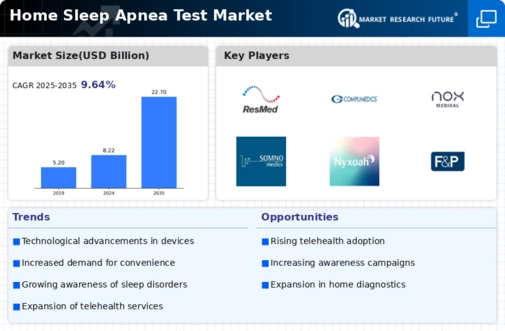
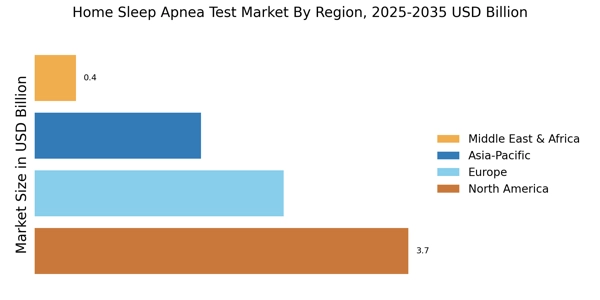
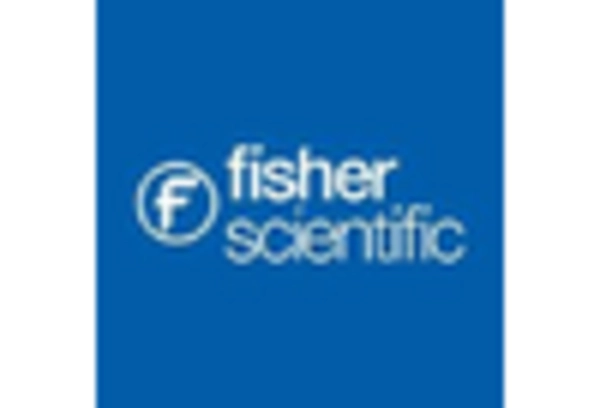

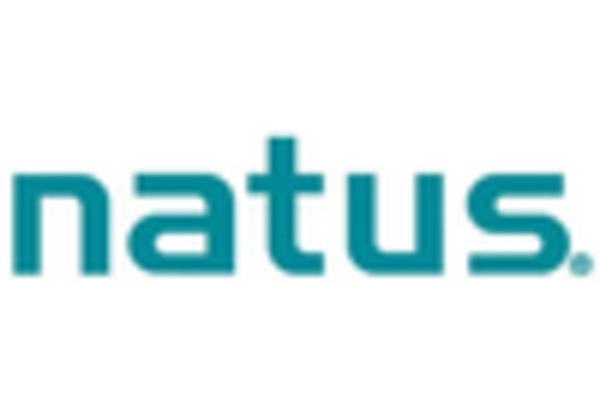

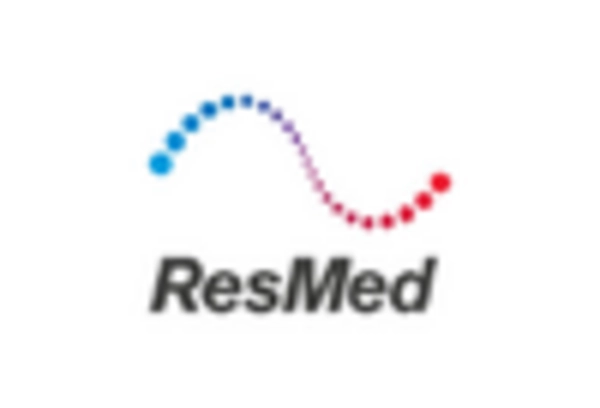
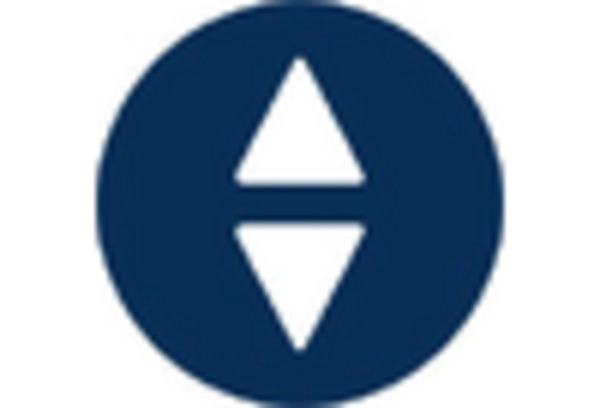








Leave a Comment